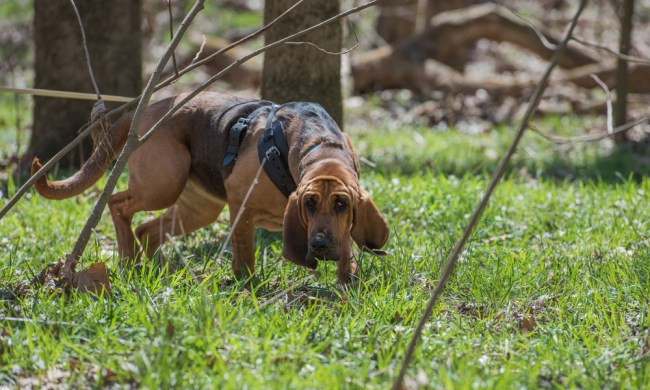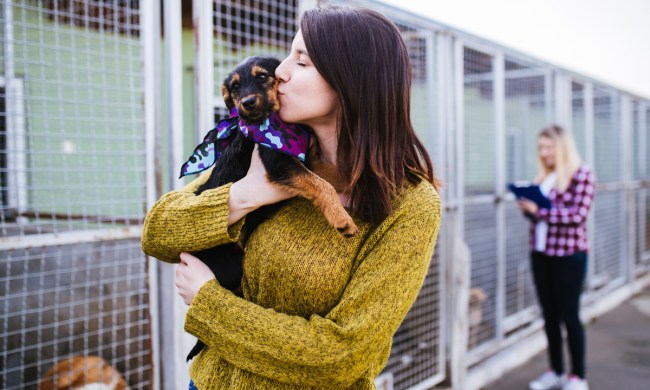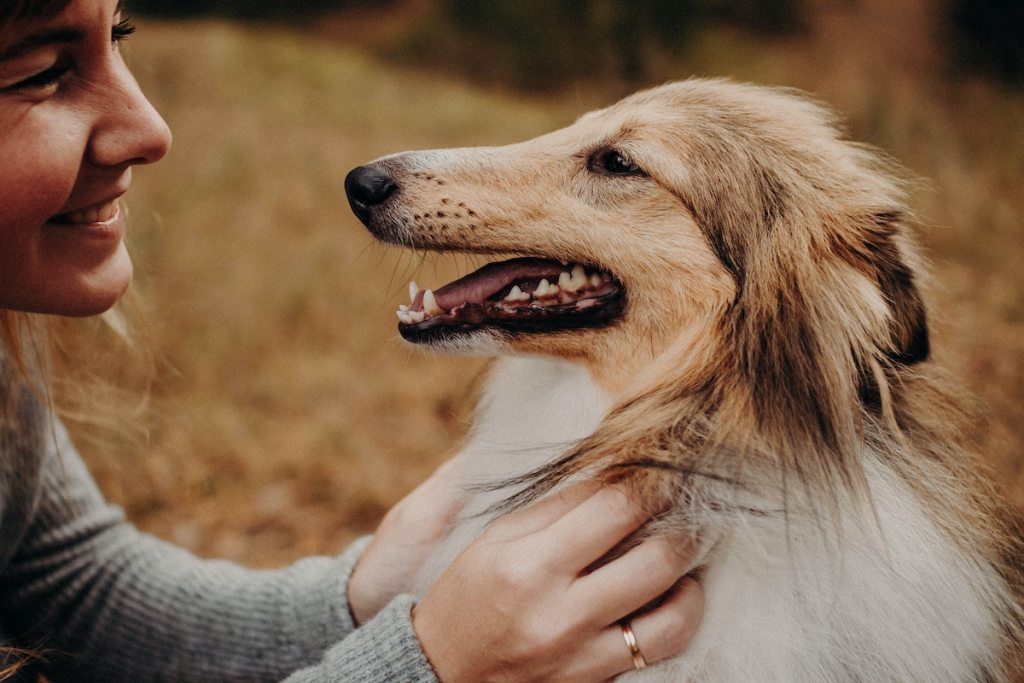
We love a lot about fall — the crisp breezes, the indescribable scent in the air, and the glorious colors as the temperatures begin to dip. One thing we don’t love as much? The piles and piles of dog hair. Many canines go through a shed in the spring, but some breeds also lose their hair in the fall. Wondering what dog breed sheds the most? Which pets force you to use the vacuum more frequently during the autumn season? We’re here to tell you what dog breeds shed in the fall.
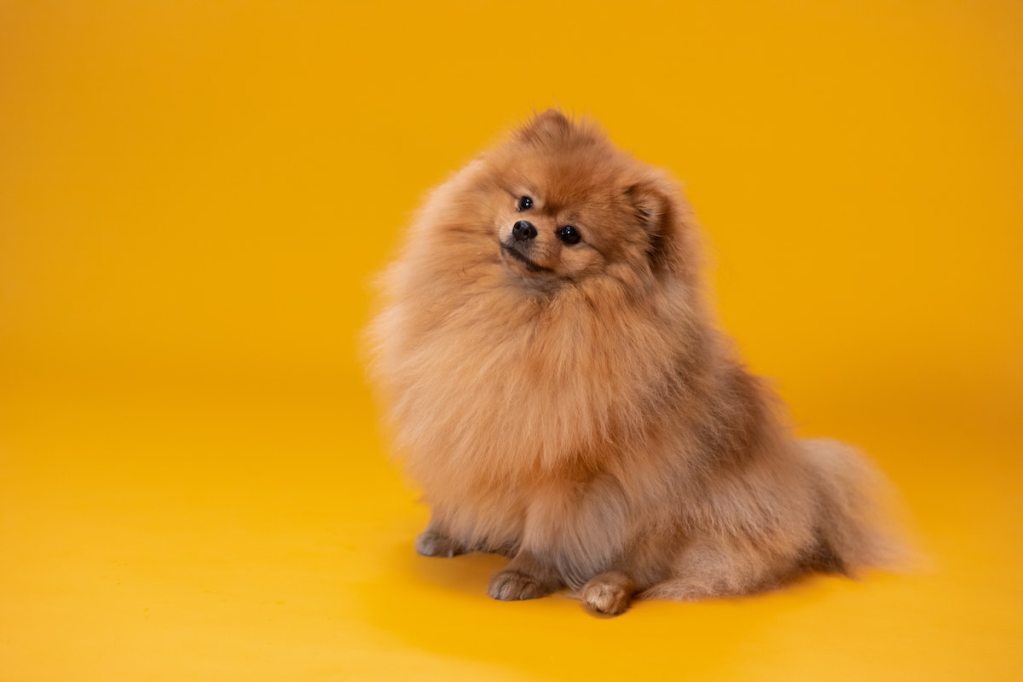
Why do some dogs have double coats?
Let’s cover why dogs shed in the first place. While many dog breeds have single coats, some dogs are double-coated dogs, meaning they have a top coat, known as a guard coat, and a secondary undercoat made up of short, dense hairs, called an undercoat.
Double coats are especially common in Nordic breeds and retrievers. The undercoat on your pooch provides a layer of protection against both sweltering heat and frigid cold, while the top coat is water-repellent and helps prevent dirt from clinging to your dog. Because that undercoat acts as a heat and cold shield, they have to shed twice a year, spring and fall.
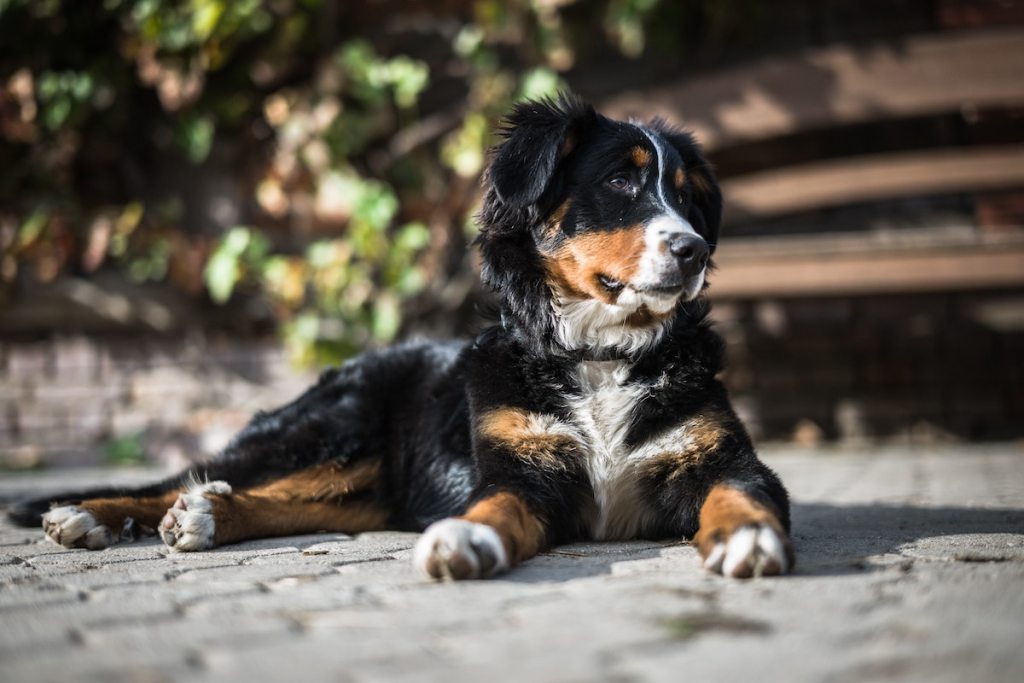
The heavy-shedding six dog breeds
These are the double-coated breeds that shed a lot during fall.
1. Bernese mountain dog
The Bernese mountain dog is a member of the working group. These hardy dogs will spend most of their time bonding with the entire family, including children. Gentle, sweet-tempered, and eager to please, Bernese mountain dogs got their start in the mountainous regions of Switzerland, which is why the fuzzballs have plenty of extra hair to spread around your home.
2. Collie
One of the most instantly recognizable dogs in the world is the collie. Part of the herding group, collies are athletic, fiercely loyal, and one of the smartest dog breeds around. Collies are initially from Scotland, where they worked farms as herders. While they’re still competent in their first line of work, most modern collies’ primary role is beloved members of the family and beloved shedders.
3. German shepherd
Known by many as the most intelligent dog in the world, the agile German shepherd is a jack of all trades. German shepherds have served in the military, become valued members of law enforcement, make excellent guard dogs, and are also much-loved family pets. They don’t look quite as puffy as some of the others on this list, but don’t be fooled — you’ll be sweeping up after them just as often.
4. Golden retriever
Also originally from Scotland (noticing the trend here?), the golden retriever was first used as a gundog. Now, this sporting group member is one of America’s most beloved breeds. Goldens are renowned for their sweet natures and ability to get along with all members of the family, even children and other pets.
5. Pomeranian
Bright, personable, and curious, this member of the toy group is a miniature spitz. Originally from Pomerania, now part of western Germany and Poland, the Pomeranian’s ancestors were much larger but still very furry.
6. Siberian husky
Although this member of the working group resembles its cousin, the Alaskan malamute, the Siberian husky is a more compact breed. Huskies were bred in northeastern Asia as family companions and sled dogs by the Chukchi, a semi-nomadic people, so it’s no wonder they have a double helping of fur meant to keep them warm in the biting northern air.

What dogs shed all year?
All dogs shed throughout the year. There’s no such thing as a dog that doesn’t shed or a completely hypoallergenic dog. However, some dogs don’t shed as much as others, which is not the same as non-existent non-shedding dogs. Dogs who shed less than others may not trigger a person’s allergies as much. Dog fur contains a protein in dander and saliva, which can exacerbate or prompt allergy symptoms like sneezing and breathing issues. Less shedding means less of a chance for these symptoms to arise.
Many dogs will shed more during the transitional seasons of fall and spring. The dogs are growing coats in the fall to stay warm all winter. In the spring, pups shed these coats to keep cool. Dogs that shed a lot include the Akita, Siberian Husky, and Pomeranian.
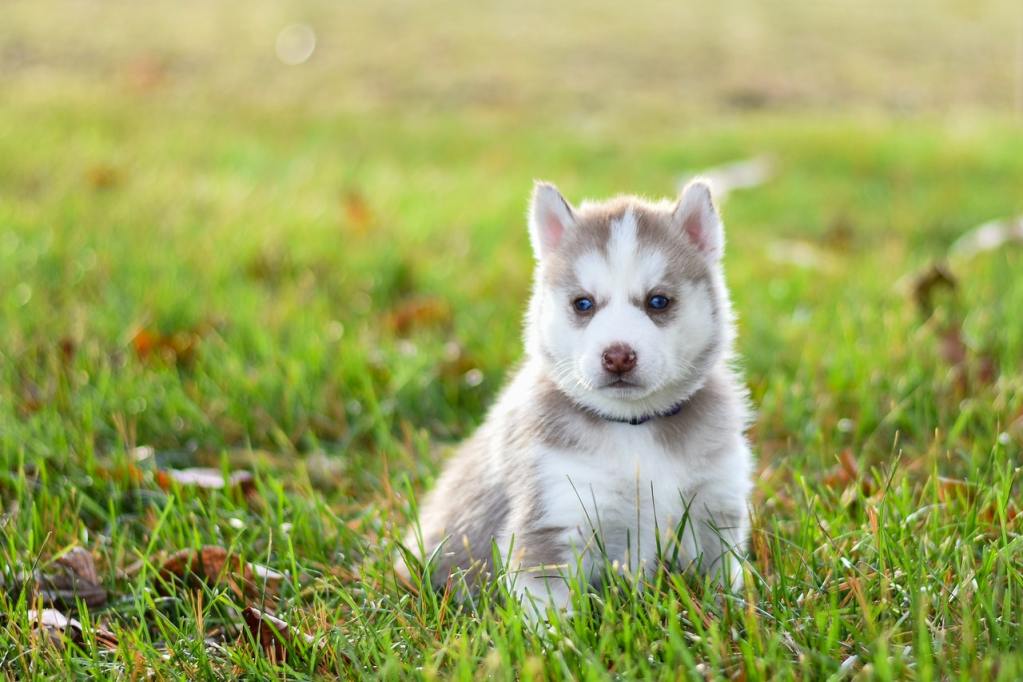
How to control the shedding
It might feel overwhelming to be surrounded by this semi-annual fuzz, but you can take a few steps to help. Here’s how to handle your double-coated dog’s shedding:
- Maintain a regular grooming schedule. You may be able to get away with brushing a single-coated dog once every few weeks, but double-coated breeds require weekly maintenance to prevent mats and tangles.
- Start off with a wire-bristled brush, as this will dislodge any dirt, debris, or stray hairs trapped in their top coat. You’ll also need a grooming rake, a tool designed to comb through the top and undercoats.
- If you notice any mats in your dog’s coat, start at the edges, take it one small section at a time, and work your way inward with a wide-toothed comb. Take it easy when it comes to mats, as pulling too aggressively can rip out your dog’s fur or cause skin irritation.
- Fur near the hind legs and tail tends to mat quickly. We recommend starting with your dog’s hindquarters and moving toward the head. In cases of severe matting, you may need to brush against the grain, but be cautious when doing so. Going against the grain is effective, but it also can pull out clumps of fur or cause discomfort.
For those mats you just can’t budge on your own, a trip to the groomer may be in order. You can attempt to clip it yourself, but if the mat is close to the skin, trying to groom your dog may be best left to the professionals. Unfortunately, there’s no way to prevent the spring and fall shedding cycle. But you have a few ways to make life a little easier on yourself.

